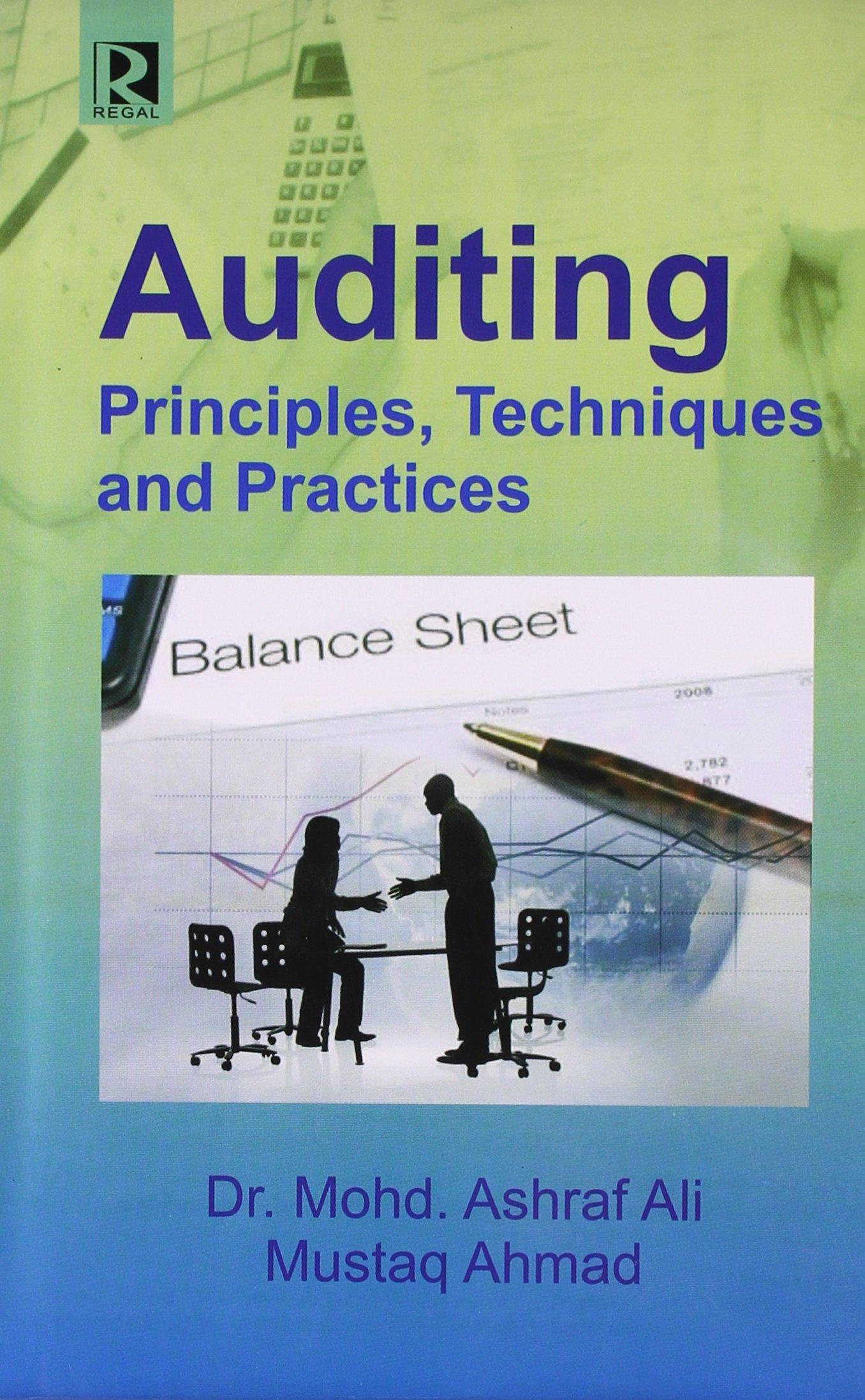Question
AirComp Corporation produces component parts for the aircraft industry. The company follows a job-costing system consisting of direct materials and direct labor cost and manufacturing
AirComp Corporation produces component parts for the aircraft industry. The company follows a job-costing system consisting of direct materials and direct labor cost and manufacturing overhead costs that are allocated to specific active jobs in-process.
Until fiscal year 20x1, The company allocated manufacturing overhead to production jobs using a single-indirect cost allocation rate, which is based on direct labor hours. In the budgeting process for 20x1, they used that approach based on the following estimates: factory overhead and direct labor hours, for 20x1, will be $150,000 and 10,000 hours, respectively.
In 20x1, the Company decided to change the method of allocating manufacturing overhead to production jobs from the single-indirect cost allocation approach to the activity-based costing (ABC) indirect cost allocation approach. For purposes of developing the ABC allocation rates, AirComps cost accounting team prepared the following analysis:
| Activity | Cost Driver | Allocation Rate |
| Material handling | No. of parts ground | $0.40 |
| Lathe work | No. of lathe turns | $0.20 |
| Milling | Machine hours | $20.00 |
| Grinding | No. of parts ground | $0.80 |
| Testing | No. of units tested | $15.00 |
For January of 20x1, AirComps actual costs and activities for Job 100 and Job 200, the only production jobs in process for the period:
|
| Job 100 | Job 200 |
| Direct materials cost | $9,700 | $59,900 |
| Direct labor cost | $750 | $11,250 |
| No. of direct manufacturing labor hours | 25 | 375 |
| No. of parts ground | 500 | 2,000 |
| No. of lathe turns | 20,000 | 60,000 |
| Machine hours | 150 | 1,050 |
| No. of units produced during period (all are tested) | 10 | 200 |
To understand the financial implications of changing to activity-based costing, in 20x1, the company will prepare allocation schedules comparing both methods for allocating manufacturing overhead to production.
Required
A. For each job, determine total cost and the cost per unit cost using direct labor hours to allocate manufacturing overhead to each job.
B. For each job, determine total cost and cost per unit cost using an activity-based costing approach to allocate manufacturing overhead cost to job.
C. Compare the per unit cost figures for each job computed in step a. and step b., and discuss the change in cost allocation, i.e., what was the implications of the cost allocation method change on the amount of per unit cost allocated to each job.
D. How might AirComp Corporation use the information from ABC allocation approach to better manage indirect production costs?
Step by Step Solution
There are 3 Steps involved in it
Step: 1

Get Instant Access to Expert-Tailored Solutions
See step-by-step solutions with expert insights and AI powered tools for academic success
Step: 2

Step: 3

Ace Your Homework with AI
Get the answers you need in no time with our AI-driven, step-by-step assistance
Get Started


